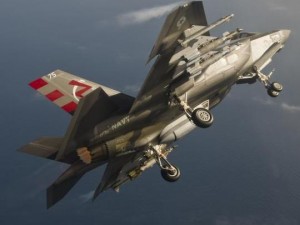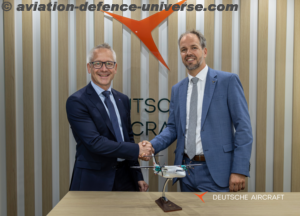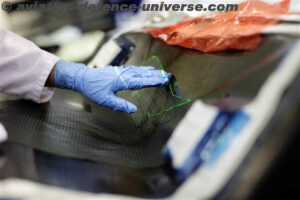By Our Technology Correspondent.
Delhi. When General Mark Welsh, Chief of Staff, U.S. Air Force said that when a 5th Generation fighter meets a 4th Generation fighter the latter dies., he definitely meant we can’t just dress up a 4th Generation fighter as a 5th Generation fighter, it actually has to be a generation ahead military technology.
And aviation pundits will agree that the F-35 Lightning II is a 5th Generation fighter, combining advanced stealth with fighter speed and agility, fully fused sensor information, network-enabled operations and advanced sustainment. Three variants of the F-35 will replace the A-10 and F-16 for the U.S. Air Force, the F/A-18 for the U.S. Navy, the F/A-18 and AV-8B Harrier for the U.S. Marine Corps, and a variety of fighters for at least ten other countries.
The Lightning II is a single-seat, single-engine fighter aircraft designed for many missions with advanced, integrated sensors built into every aircraft. Missions that were traditionally performed by small numbers of specialized aircraft, such as intelligence, surveillance and reconnaissance and electronic attack missions can now be executed by a squadron of F-35s, bringing new capabilities to many allied forces.
As the prime contractor, Lockheed Martin has partnered with Northrop Grumman and BAE Systems who have made the center and aft fuselages, respectively. Northrop Grumman also brings its expertise in carrier aircraft and low-observable stealth technology to the F-35 program and supports logistics, sustainment, modeling and simulation and mission planning. Pratt & Whitney has built the F-35’s F135 propulsion system.
A 5th Generation fighter has advanced stealth, exceptional agility and maneuverability, sensor and information fusion, network-enabled operations and advanced sustainment. 5th Generation technology provides greater survivability, situational awareness, and effectiveness for pilots, as well as improved readiness and lower support costs. As a true 5th Generation fighter, the F-35 has stealth designed in as part of the aircraft from the beginning.
For the first time an F-35 released an external weapon from its wings, not once, but four times during an external weapons separation test on 23 September 2015. The aircraft, CF-2, released four 500-pound GBU-12 laser guided inert bombs from its wings’ pylons during consecutive test runs over the Atlantic Test Range. The F-35 Patuxent River Integrated Test Force conducted the flight and noted all four weapon separations were successful and confirmed the accuracy of the predicted release trajectory. The ability to do quadruple separation tests during a single flight demonstrates the program’s ability to efficiently test, and advances the F-35’s future capability to release multiple weapons on a single pass.
CF-2 releases one of four 500-pound GBU-12 laser guided inert bombs from its wings’ pylons on Sept. 23, 2015, over the Atlantic Test Range. The test marked the first time an F-35 Lightning II conducted an external weapons separation release. During the sortie, flight test engineers monitored and reviewed telemetry data from each GBU-12 separation event to confirm it was safe to proceed to the next release point. The team also saved costs by clearing the range once rather than four times to accomplish each separation.
This year, the F-35 Patuxent River Integrated Test Force, has flown 500 flights and achieved 3,400 test points. The team’s five F-35B and four F-35C aircraft have supported a wide array of mission systems and flight tests.






























































































































